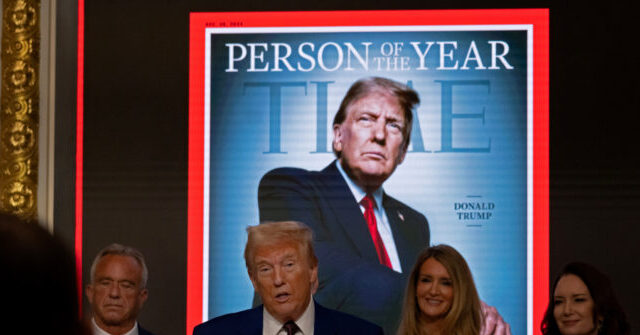As the Federal Reserve gears up to announce a potential interest rate cut, concerns are rising within the economic circles surrounding President-elect Donald Trump’s team. Advisers have expressed a desire for caution, warning that inflationary risks could be underestimated despite an apparent moderation in price growth. There is a palpable tension as they caution Fed Chair Jerome Powell that ongoing inflation, referred to pejoratively as “Bidenflation,” persists and may not be fully resolved. This unease underscores a broader assessment that, while headline inflation metrics may show some relief, underlying pressures remain potent.
One of the primary factors generating this concern is the continued elevation of core services inflation, particularly excluding shelter, which is a critical measure monitored by Fed officials. This figure stood at 4.2 percent in November, reflecting persistent inflationary trends. Moreover, economic growth rates are outpacing what the Fed perceives as sustainable in the long term. The U.S. economy demonstrated an annualized growth rate of 2.8 percent in the third quarter, following a solid 3.0 percent growth in the preceding quarter, which sets a tone indicating that monetary policy may not yet be restrictive enough. The Atlanta Fed estimates growth for the fourth quarter is even more robust at 3.3 percent, indicating possible overheating in the economy.
The robustness of the labor market adds another layer of complexity to the Fed’s decision-making landscape. Although the unemployment rate increased slightly to 4.2 percent, it remains below estimates of the non-accelerating inflation rate of unemployment (NAIRU). The labor market is characterized by strong job creation, which is contributing to upward pressures on wages—an essential precursor to inflation. Trump’s advisers argue that previous Fed decisions to cut rates were predicated on an assumption of a weakening labor market, which now appears misguided given the ongoing wage pressures evidenced by the Employment Cost Index and rising average hourly earnings.
Recent actions by the Fed, wherein it has cut rates by 75 basis points since September, complicate the situation, particularly due to the lagging effects of monetary policy. Analysts within Trump’s team are concerned that the full implications of these rate cuts will take years to manifest, potentially skewing the assessment of current monetary policy’s effectiveness. Furthermore, ambiguity surrounding the neutral interest rate, which signifies a balanced economic environment with neither excessive inflation nor unemployment, leaves policymakers uncertain about whether current policy settings are adequate to curtail inflation.
The Trump advisors specifically fear that excessive easing from the Fed could reignite inflationary pressures which have the potential to alienate voters and complicate political dynamics, mirroring challenges previously faced by President Biden and Vice President Kamala Harris. While external viewpoints might predict a conflict between the Trump administration and the Fed concerning a preference for looser monetary policy, internal concerns reflect an inverse scenario where Trump’s team worries that insufficiently cautious actions from the Fed could exacerbate inflation.
As the Fed prepares to engage with the implications of a potential interest rate reduction, Fed Chair Powell is conscious of the balancing act required to address both the economic growth narrative and inflationary threats. He has articulated the nuanced risks associated with monetary policy adjustments, highlighting the delicate equilibrium necessary for effective governance of the economy. Looking ahead, the Fed’s upcoming policy actions will likely influence not just immediate economic conditions but also shape the broader monetary policy landscape for the start of Trump’s next term, with significant attention from key economic advisers advocating for a more tempered approach to avoid long-term adverse effects on inflation.

